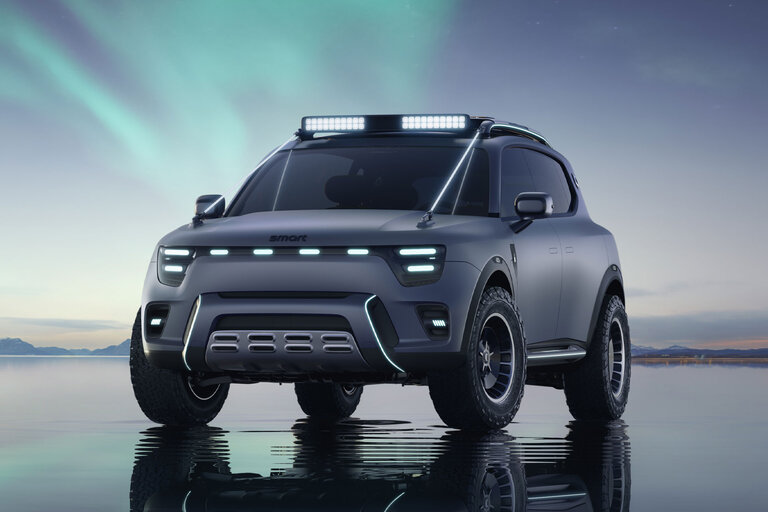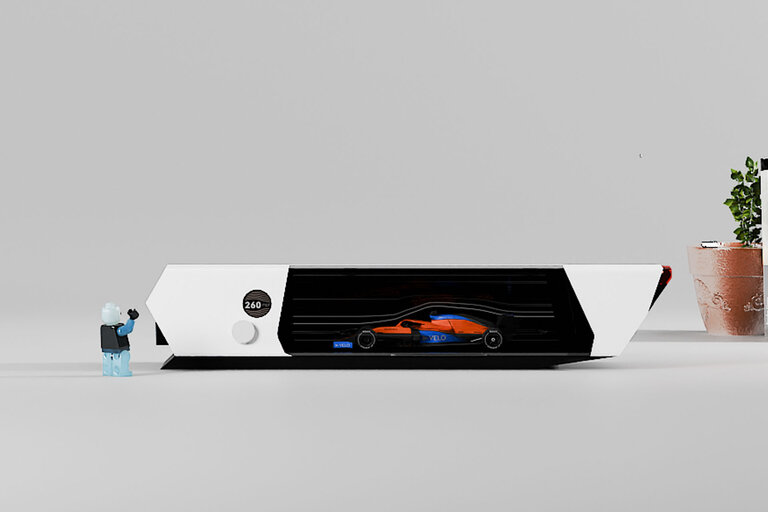
From the December 2017 issue of Car and Driver
Before the word “vaporware” existed, there was the Vector. The promises were big, the styling jaw-dropping, and a drivable production car elusive. That’s the thing about vaporware—it’s all too easy to be seduced by a great-looking body and assurances that it works as advertised. Vector struggled to build a production car in the ’80s, but the W2 prototype enjoyed supercar mystique and street cred nonetheless. C/D was guilty of helping to foster that image. It started with a story in our December 1980 issue in which then associate editor Larry Griffin heaped praise on the car and its creator, Gerald Wiegert. But Griffin never drove the Vector. Arty shots on a dry lake bed helped make a car years away seem real.
The publicity that ensued made us Wiegert’s best friend, but we never got a test car. Wiegert was a gifted designer who had drawn a remarkable shape, and his creation employed top-drawer components. But the ’80s passed without the car coming together.
And then, in early 1991, we got a call. The company trucked two W8 TwinTurbos, which is what Vector called the production version of the W2, to our photoshoot. With a claimed 625 ponies from its twin-turbo 6.0-liter small-block V-8, the car indeed felt strong. But after we completed a few passes for photos, the red engineering prototype ground to a halt, its three-speed GM transmission having decided to stop sending torque to the rear wheels. We jumped into a gray prototype to head over to our desert test site, but even the tests that are easy on the engine (braking, top-gear, and skidpad) spiked the water temperature to 250 degrees. After cooling it for a few hours and adding water, we tried an acceleration run, which overheated the car and led to heavy engine knock.
Vector mechanics worked on the car the next day. We got in it again, and the engine started frying during the five-minute evening drive to an unofficial test venue, the nearby Terminal Island Freeway. With a flight the next morning, it appeared that we would not be testing the Vector. Wiegert desperately wanted a successful run. We told him to call if he got the car sorted.
At 2:30 a.m., the phone rang. Wiegert said his car was ready. We headed to Pershing Drive, a north-south road between LAX and the beach. The red Vector ran strong, stayed cool, and managed 60 mph in 3.8 seconds and a 12.0-second quarter at 118 mph. But all was not well. It may have gone faster, but the trans wouldn’t shift into top gear, the engine was hitting a rev limiter short of its indicated 7000-rpm redline, and reverse disappeared. That was as close as we ever got to testing a Vector.
Building a car is hard, and big promises make the nearly impossible even harder. We would love to see cars like the Vector succeed, but we work hard to not let our optimism outweigh our skepticism of unverified claims. It’s why we don’t accept any manufacturer’s numbers as gospel. It’s also why we rigorously evaluate more than 700 cars a year. Don’t believe the hype until it’s driven and tested. The bigger the numbers, the harder they fall.
This content is created and maintained by a third party, and imported onto this page to help users provide their email addresses. You may be able to find more information about this and similar content at piano.io
Source link





